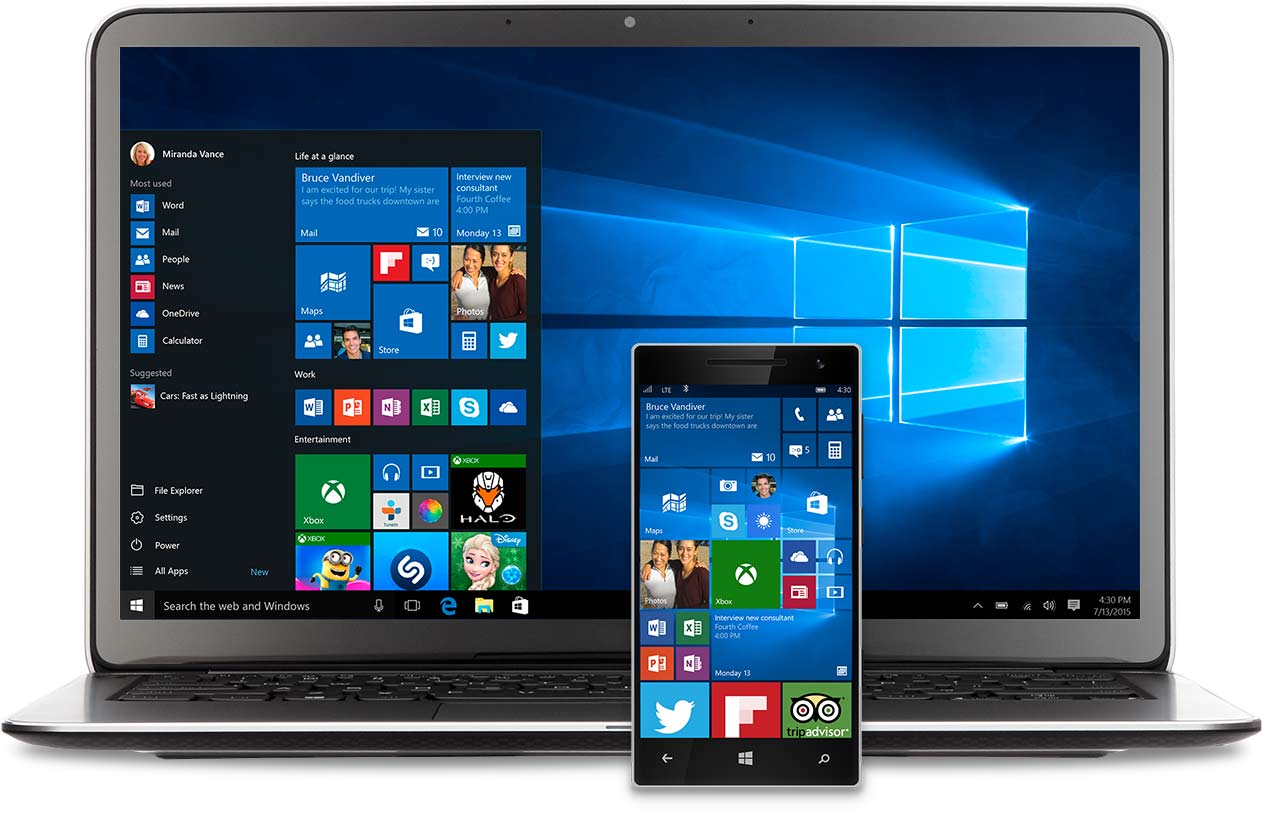How long before Windows 10 phones become a threat to Chromebooks?
At present, Windows 10 phones are far from being considered threatening. The market share for Windows phones, even after the inception of Windows 10, has remained a ripple in the oceanic iOS/Android duopoly. Alas, Microsoft’s stance on Lumia phones remains suspiciously consistent with a behavior that suggests that, no matter what happens, Microsoft is not pulling the plug on its smartphones ambitions.

In a sense, Microsoft’s mobile strategy has been slowly carving out a market segment for itself, that other tech giants have been actively ignoring. For lack of better terminology (which we are sure is coming soon enough), we could call it “ultra-mobile desktop computing”, which embodies the use of a hand-held device, like a smartphone, as the core for a full desktop experience, inclusive of input and pointing devices, and an external display.
We can’t say that Microsoft has been particularly subtle about it, after all. Microsoft has taken advantage of every public opportunity to show off how Lumia phones can be beamed to external screens, and used as makeshift desktop computers, complete with mouse and keyboard. Of course the full Windows 10 experience, in such context, is merely illusory, as no other application aside from the universal apps from Windows Store can run on Windows 10 for phones. Yet, this seems to be exactly Microsoft’s point, since the very inception of Continuum.
Windows phones may never compete against actual PCs, but that won’t hold them from competing against a different category, more specifically netbooks.
Laptop computers with barely enough internal storage to run their operating system, that are completely reliant on an Internet connection to function, may soon be in serious trouble, granted the success of Windows phones.
This is a sales-pitch waiting to happen, in which all worse characteristics of netbooks will be highlighted, one by one, like the succession of clumsy accidents performed within the comical black-and-white vignette of an “As Seen On TV” commercial, at the end of which, a Continuum-enabled Windows 10 phone is revealed as the answer to the question “...There has to be a better way!?!...”, with the only difference that, this time, Microsoft might just happen to hit the nail on the head.
Netbooks like Google Chromebook are enjoying their time in the spotlight, and are undoubtedly terrific machines. They are fast, reliable (as long as an Internet connection is available), and can do things that smartphones are not designed for, just yet, such as providing for the comfort of a keyboard, which is still, undisputedly the fastest way to input text on a computing device. Not even predictive text helps in matching the speed at which we type on a touchscreen, to how fast we are able to type on a keyboard, with all our 10 (6-7 for some of us) fingers.
Access to larger displays is another game-changing aspect of what’s coming. Imagine yourself as a business traveler checking into a hotel. All you need to work is an HDTV with an HDMI connector, and a Windows 10 phone with a Surface Dock, as well as a wireless keyboard and a mouse. This is happening today, not sometime far in the future, and the Surface Dock is a stepping stone in this strategy. There is nothing stopping Microsoft from manufacturing Surface Phones capable of connecting to external screens, mice, keyboards, and even external peripherals like printers and scanners, using their own proprietary wireless hardware.
This could be a world where all we need is a screen and an HDMI port, anywhere. The backseat of a taxi (or Uber), the back of an airplane seat, a classroom’s projector, and even a portable head mounted display. This is technology that’s available today, waiting to be accessed by the right hardware.
Ultimately, the caveats in this strategy are apps makers. Without a sufficient range of apps, that go beyond the mainstream of Microsoft Office, Adobe Creative Cloud, and few other giants, the road to widespread adoption of Windows phone, may hit quite a few speed bumps. To that effect, Microsoft has been actively pursuing programmers and developers, by making sure they have the proper tools to create apps, no matter the platform. Also, Microsoft partnership with Ubuntu’s creators has allowed for a live subsystem of Windows 10, where Linux can run natively.
Some companies are already catching on to this trend, and are actively developing their own Continuum devices, such as Chinese manufacturer Moly, which has recently put its new Moly Windows 10 Phone, at the Hong Kong sourcing fair, with plans to take the stage at Computex this month.
With a native resolution of 1920 x 1080 (HD), an 8-Core Snapdragon CPU, 3GB or RAM and 32GB of storage, as well as a microSD card slot, this new device promises to match the performance of any netbook, including Chromebooks, priced under $400.